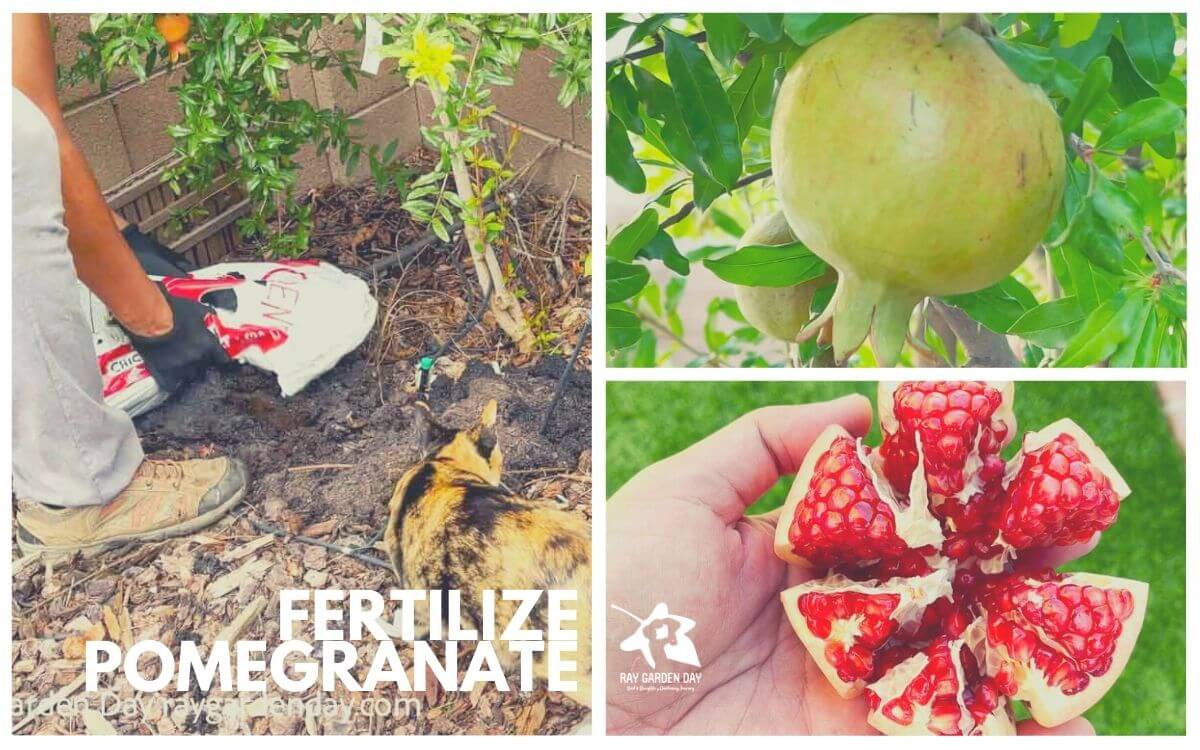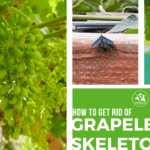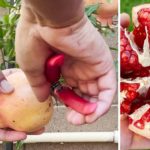Fertilize pomegranate at least twice a year. Once around March, springtime, and again in the fall around November. Fertilizing in the fall provides your pomegranate tree with enough energy to grow in the following spring.
The pomegranate tree needs a sufficient amount of nutrients to grow and enhance fruit quality. Extra nutrients are beneficial during fruit production in the summer. Especially if the tree is producing lots of fruits and you don’t thin them out.
First-year pomegranate trees don’t need any fertilizer while they are trying to establish.
What fertilizer to use on pomegranate
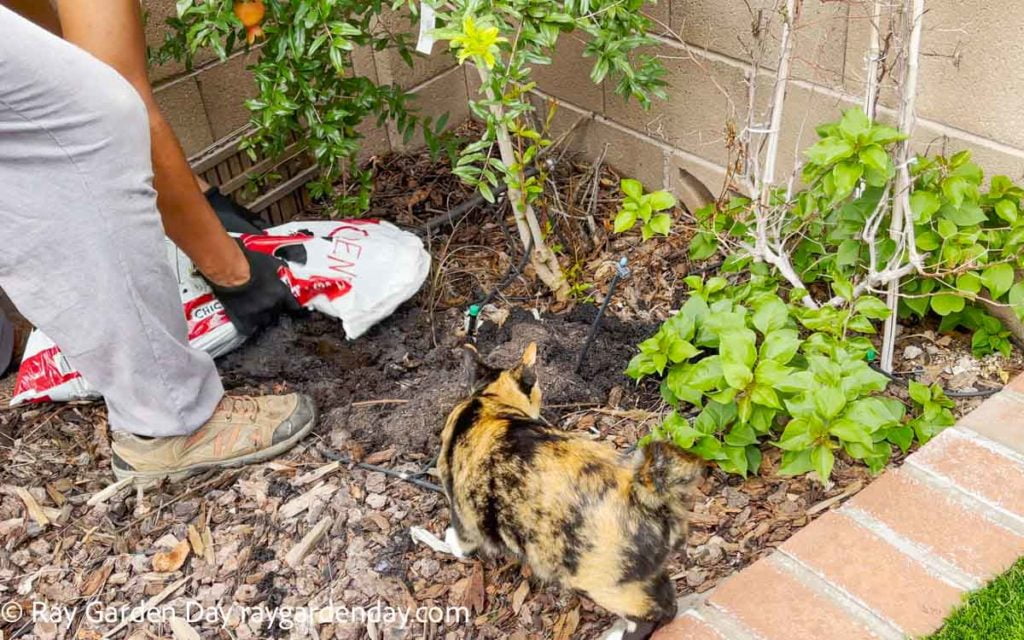
Higher Nitrogen (N) ratio is better for pomegranate. Nitrogen influences plant growth and pomegranate fruit, aril, and juice quality. There is no perfect fertilizer for pomegranate. It depends on your soil and whether it suffers from nutrient deficiencies. Even if proper nutrients are present in the soil, a pomegranate tree may find it difficult to absorb some nutrients if the soil pH isn’t at an optimal level. If your soil is anything like mine, alkaline, arid, or desert conditions, then an all-purpose 4-4-4 fertilizer is a good fertilizer to start with. I also add 2% of Iron (Fe) and 2% Sulfur (S) to make up for the high pH. From there, I then amend the soil with chicken manure for added nutrients, mainly Nitrogen. Chicken manure further adds organic matter and increases moisture retention in soil.
March fertilize pomegranate in spring
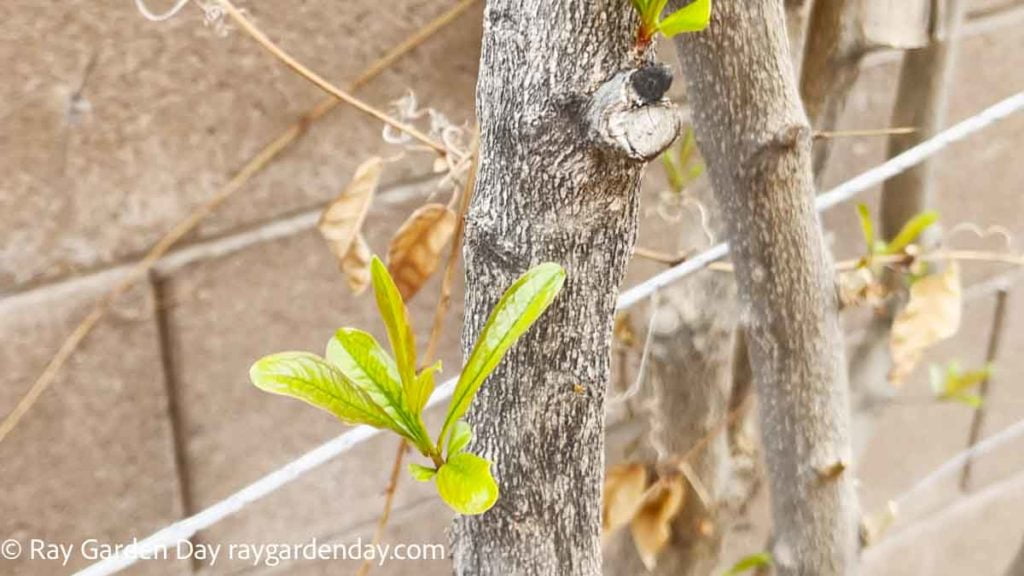
When the temperatures rise and buds begin to break on a pomegranate tree. It’s time to fertilize. By now, the pomegranate tree has been drawing from its reserves stored from previous fall fertilization. The roots are taking up nutrients and distribute them into limbs and buds. The shoots start growing and the flowers come out. When you get into bloom and thereafter, the tree would have used up most of its nutrients.
May fertilize pomegranate in early-summer
When flowers turn into fruits. A critical point is when we want to have fruit to set. Your pomegranate tree will need good nitrogen levels. This helps improve pomegranate fruit yield and allows for larger fruits. Commercial growers will spray the leaves with zinc (Zn) and boron (B) to further increase yield. For me, I amend the soil around the root zone with a 20 lb bag of chicken manure.
August fertilize pomegranate in mid-summer
This fertilization schedule is optional for some of you. But, for me, July and August are the monsoon months. Heavy rains and increased rainfalls will leach away nutrients from the soil. To counter that I spread chicken manure from a 20 lb bag around the root zone. No other fertilizer is needed.
November fertilize pomegranate in fall
This is the last time you’ll need to fertilize your pomegranate for the year. Fall fertilization is the same as spring. The pomegranate tree gets the same amount of macro and micronutrients. If there are no fruits left on the tree, it might be a good time to apply foliar spray fertilizer. It is a good way to supplement the nutritional needs of your pomegranate tree. Doing so will help it winterize and come back even stronger in the new year. I use 1 ml. of Superthrive Solution per gallon of (filtered) water and spray the pomegranate leaves. Don’t pour it on the soil, that’s wastage!
Pat yourself on the back and give your pomegranate tree a high five as you have made it through yet another season together.
